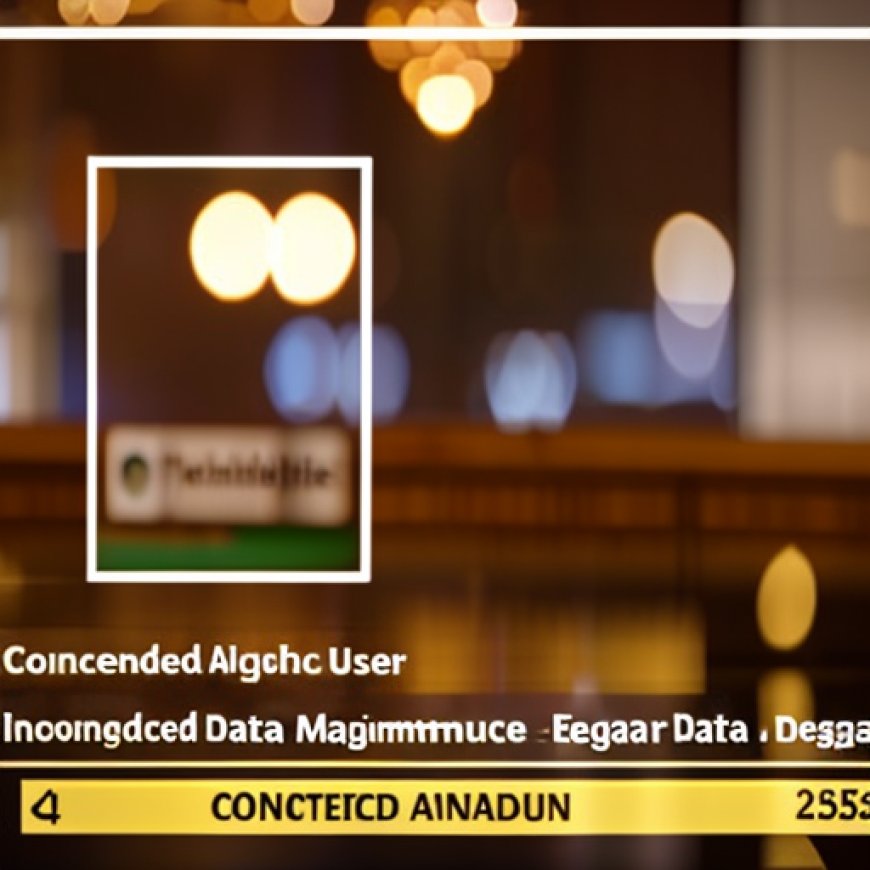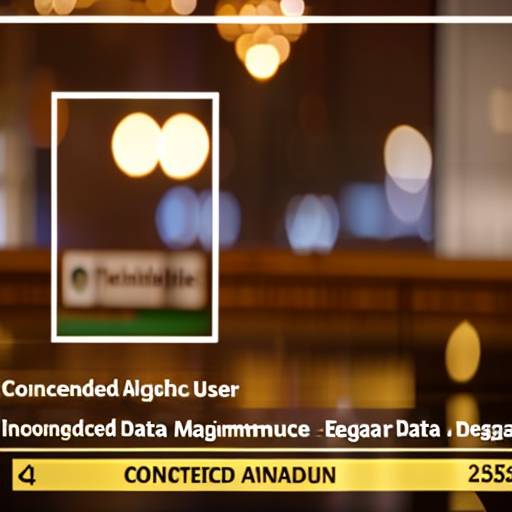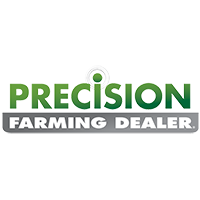Trimble Introduces Connected Data Management License for Trimble Display Users
Trimble Introduces Connected Data Management License for ... Precision Farming Dealer


Trimble Ag Software–Data License Enhances Precision Agricultural Data Management

Trimble has introduced the Trimble Ag Software–Data user license, a solution that enables farmers to efficiently manage their precision agricultural data. This user-friendly system connects the field and the Trimble Agriculture Cloud, facilitating the collection, standardization, visualization, and utilization of data from Trimble and third-party sources.
Seamless Connectivity for Precision Agriculture
The Trimble Ag Software–Data license offers seamless web and mobile connectivity for Trimble display users. Farmers can harness this data within Trimble’s own applications or integrate it into third-party environments using Trimble APIs. This approach allows farmers to unlock the full potential of their data, resulting in significant time savings throughout the operational cycle.
Addressing Operational Challenges
The Trimble Ag Software–Data license is designed to address common operational challenges by connecting data, environments, workflows, and stakeholders across the farm. By connecting the in-cab display and providing a rich suite of display data management capabilities, Trimble enables farmers to prepare necessary field data and job instructions with higher accuracy and efficiency.
Real-Time Access and Collaboration
Farmers can save time collecting and sharing job data from displays by accessing real-time job status and task records as jobs are completed. Valuable task records are centralized in the farmer’s Trimble Agriculture Cloud account and can be used for reporting, record keeping, agronomic analysis, or collaborating with business partners.
On-the-Go Field Operations Management
The Trimble Ag Software–Data license is designed for busy farmers, allowing them to effectively manage field operations while on the go. This includes efficient monitoring of field work and simplifying the collection and sharing of data.
Supporting Sustainable Development Goals
- Goal 2: Zero Hunger
- Goal 9: Industry, Innovation, and Infrastructure
- Goal 12: Responsible Consumption and Production
- Goal 17: Partnerships for the Goals
By enabling farmers to optimize production across a mixed fleet, the Trimble Ag Software–Data license supports Goal 2: Zero Hunger. It also contributes to Goal 9: Industry, Innovation, and Infrastructure by utilizing technology to enhance precision agriculture. Furthermore, the license promotes Goal 12: Responsible Consumption and Production by facilitating efficient data management and reducing waste. Finally, through partnerships with business partners and the use of Trimble APIs, the license aligns with Goal 17: Partnerships for the Goals.
Open Environment for Farmers
In addition, the Trimble Ag Software–Data license allows access to Trimble’s expanded API, creating an open environment for farmers. This enables compatibility with both Trimble and third-party agriculture applications, bringing displays into the connected world. Farmers can now manage their data off the device, in the cloud, and utilize third-party applications through the extended API.
Click here for more Industry News.
SDGs, Targets, and Indicators Analysis
1. SDGs Addressed or Connected to the Issues Highlighted in the Article:
- SDG 2: Zero Hunger – The article discusses how the Trimble Ag Software-Data license helps farmers efficiently manage their precision agricultural data, which can contribute to improving agricultural productivity and reducing hunger.
- SDG 9: Industry, Innovation, and Infrastructure – The article highlights how the Trimble Ag Software-Data license connects data, environments, workflows, and stakeholders across the farm, enabling farmers to optimize production and better run their operations.
- SDG 12: Responsible Consumption and Production – The article mentions that the Trimble Ag Software-Data license allows farmers to unlock the full potential of their data, resulting in significant time savings throughout the operational cycle. This can contribute to more efficient and sustainable consumption and production practices.
2. Specific Targets Based on the Article’s Content:
- Target 2.3: By 2030, double the agricultural productivity and incomes of small-scale food producers, particularly women, indigenous peoples, family farmers, pastoralists, and fishers, through secure and equal access to land, other productive resources and inputs, knowledge, financial services, markets, and opportunities for value addition and non-farm employment.
- Target 9.1: Develop quality, reliable, sustainable, and resilient infrastructure, including regional and transborder infrastructure, to support economic development and human well-being, with a focus on affordable and equitable access for all.
- Target 12.2: By 2030, achieve the sustainable management and efficient use of natural resources.
3. Indicators Mentioned or Implied in the Article:
- Indicator 2.3.1: Volume of production per labor unit by classes of farming/pastoral/forestry enterprise size.
- Indicator 9.1.1: Proportion of the rural population who live within 2 km of an all-season road.
- Indicator 12.2.1: Material footprint, material footprint per capita, and material footprint per GDP.
SDGs, Targets, and Indicators Table:
| SDGs | Targets | Indicators |
|---|---|---|
| SDG 2: Zero Hunger | Target 2.3: By 2030, double the agricultural productivity and incomes of small-scale food producers, particularly women, indigenous peoples, family farmers, pastoralists, and fishers, through secure and equal access to land, other productive resources and inputs, knowledge, financial services, markets, and opportunities for value addition and non-farm employment. | Indicator 2.3.1: Volume of production per labor unit by classes of farming/pastoral/forestry enterprise size. |
| SDG 9: Industry, Innovation, and Infrastructure | Target 9.1: Develop quality, reliable, sustainable, and resilient infrastructure, including regional and transborder infrastructure, to support economic development and human well-being, with a focus on affordable and equitable access for all. | Indicator 9.1.1: Proportion of the rural population who live within 2 km of an all-season road. |
| SDG 12: Responsible Consumption and Production | Target 12.2: By 2030, achieve the sustainable management and efficient use of natural resources. | Indicator 12.2.1: Material footprint, material footprint per capita, and material footprint per GDP. |
Behold! This splendid article springs forth from the wellspring of knowledge, shaped by a wondrous proprietary AI technology that delved into a vast ocean of data, illuminating the path towards the Sustainable Development Goals. Remember that all rights are reserved by SDG Investors LLC, empowering us to champion progress together.
Source: precisionfarmingdealer.com

Join us, as fellow seekers of change, on a transformative journey at https://sdgtalks.ai/welcome, where you can become a member and actively contribute to shaping a brighter future.







